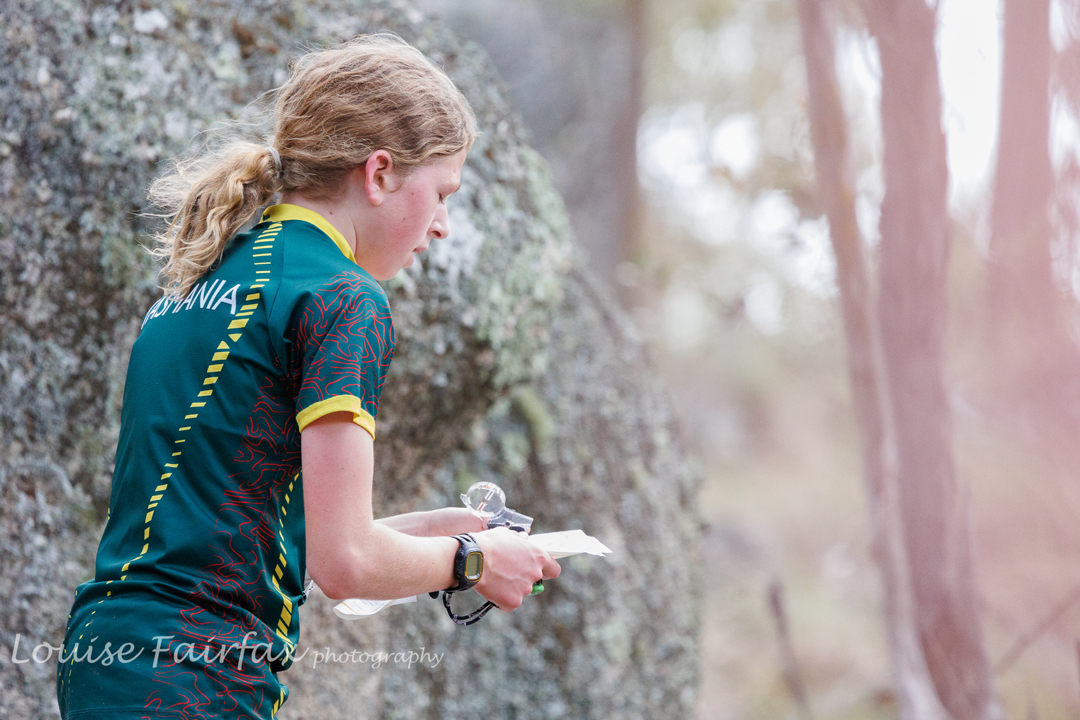
From the moment I heard that the nationals were in Armidale, I was excited. We lived there for five years, and both our children were born there. Of course I wanted to go – but also, of course, I wanted to compete in the nationals anyway. The Australian Championships and the Australian 3-Days are the two big events of each year, and the two events that determine your national ranking. Quite apart from having the best races and competition, giving great excitement to those of us who love this sport, they are also the best chance to catch up with old friends from across the years, as they cast the biggest and best net.


I had been careless in two of the three days last Easter, and had paid a big price, being excessively lucky to finish on the podium. I was thus pretty focussed with regard to the nationals, wanting to redeem my lost self-esteem and prove to myself that I could do nice, clean races again. Winning would be nice. However, right at the last minute w.r.t entires, my old friend-but-competition-foe from the 1980s, with whom I have had countless exciting experiences, fun shared times on national squads, teams and training camps, and endless races, Jenny Bourne, entered our age class. Jenny is a force to be reckoned with. She has won four Australian elite titles, and four Australian 3-day elite titles, as well as at least one (if not more – I can’t find out in google) World Masters title in orienteering. I have won many World Masters titles, but they are in sports other than orienteering, and that’s what we were to race in.
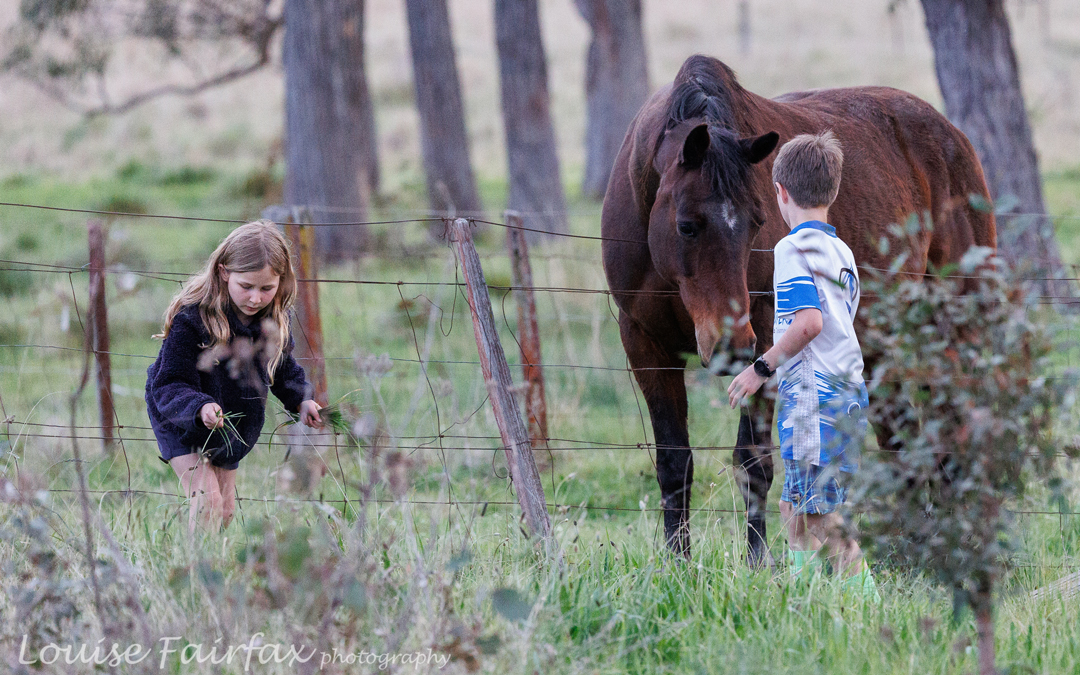
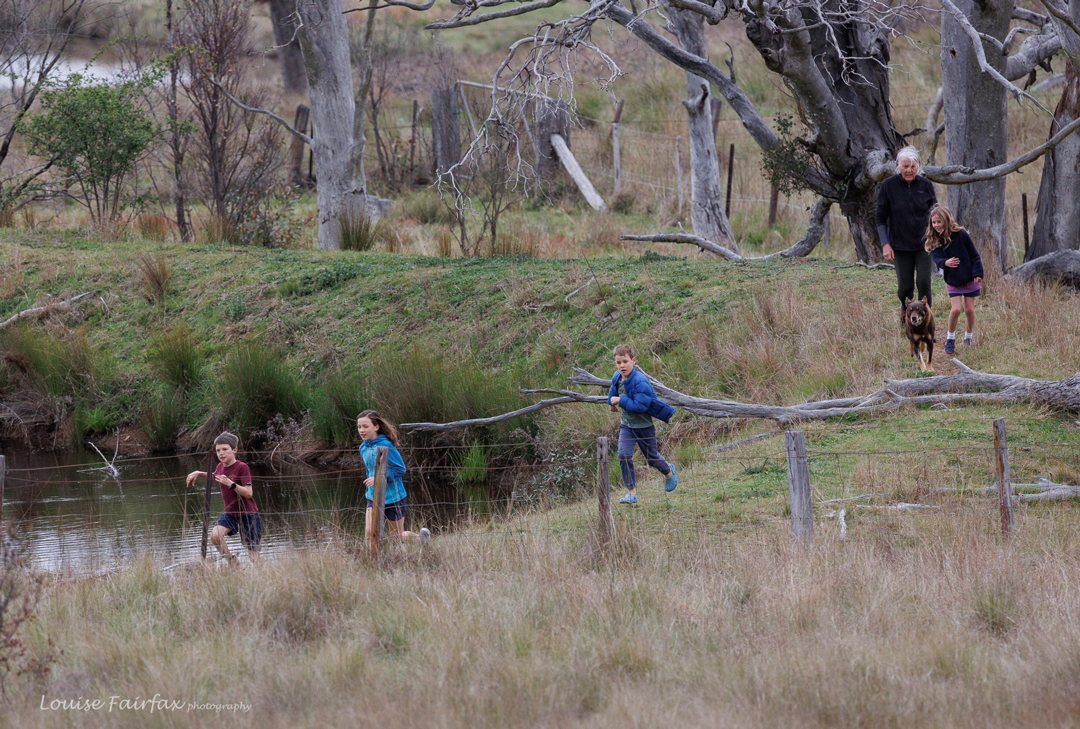
Given that I thought winning would be nice, I thought I’d have a much easier time of it if I ran an age class younger than my own (yes, that’s how good she is; and yes, my inkling was correct when I compare times). I toyed with that idea for a few seconds, but decided that was the coward’s way out. So, I stayed where I was. It was gong to be a battle royal, and I would only do well if I ran my very, very best race, and even then, Jenny would probably beat me. Also in our age class was another friend from competitions in the 80’s, Sue Key, just back from getting in the A-finals of the World Masters. (The Key family is the “Jess Fox” family of orienteering.) Yes, the same old three that battled it out forty years ago were to repeat the encounter this year. Not surprisingly, we rather dominated the podium when medals were being handed out. I find it absolutely wonderful that three of the top elites from the 1980s are still competing, albeit now in age class. (Others from teams of that era are also competing, but in younger age classes). Thus I caught up with heaps of these friends. It’s such fun to see them again. Very, very few of us have dropped out.
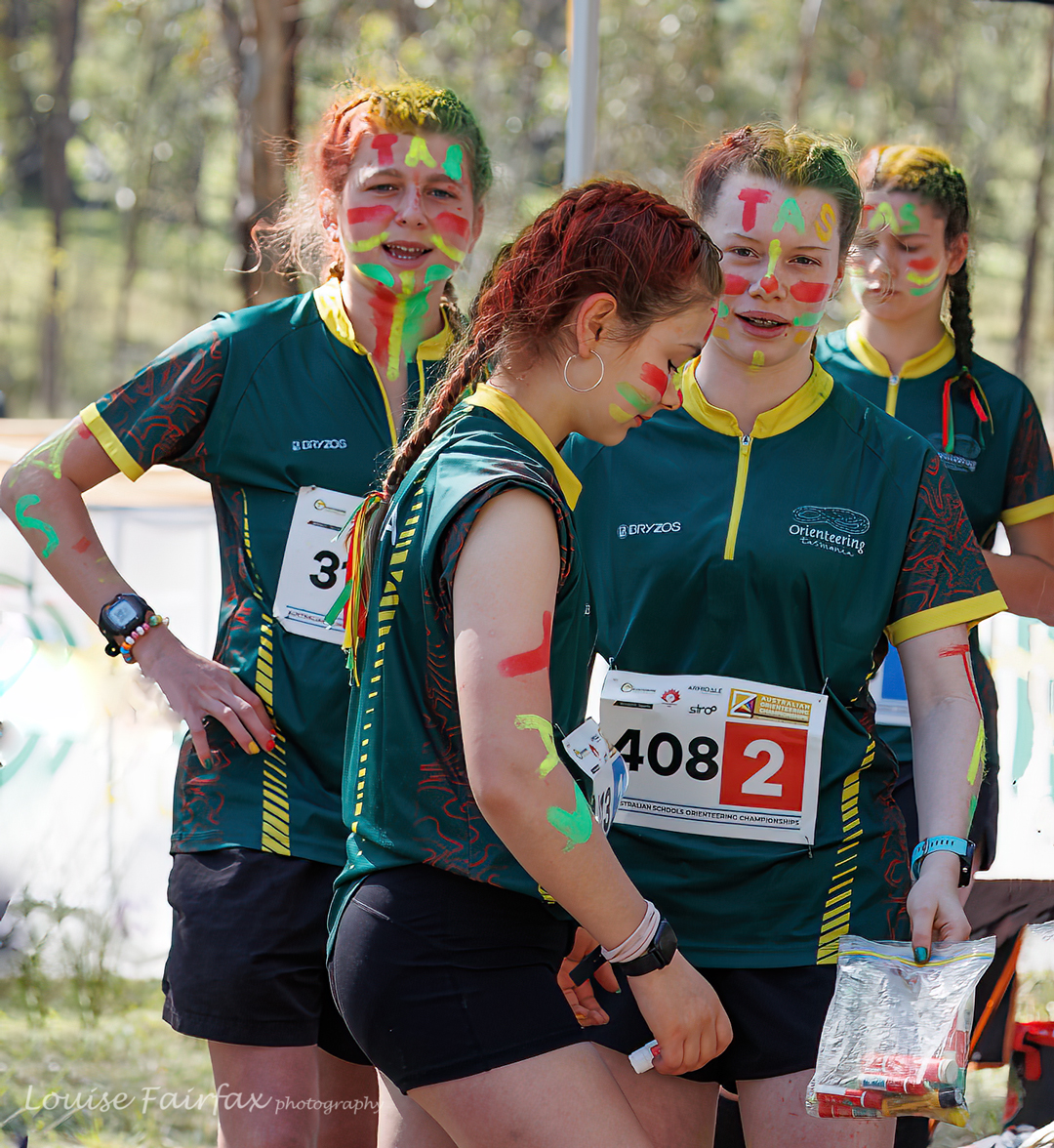
Sprints were conducted on campuses in Armidale (TAS and UNE). The main bush races were on a private property called Glenburnie. This setting was magical in extremis, especially for a granite freak like me. I don’t quite know why, but I have a real love affair with huge granite boulders. Looking at the tiny tots (1-10 year olds) crawling up and down boulders twenty times their height, I can see other granite freaks in the making. Controls tended to be hiding behind these boulders. After the race we all stood or sat around, eating, chatting, waiting for other family members to finish, and just enjoying the scene of open eucalypt forest littered with shapely giants of soft grey.
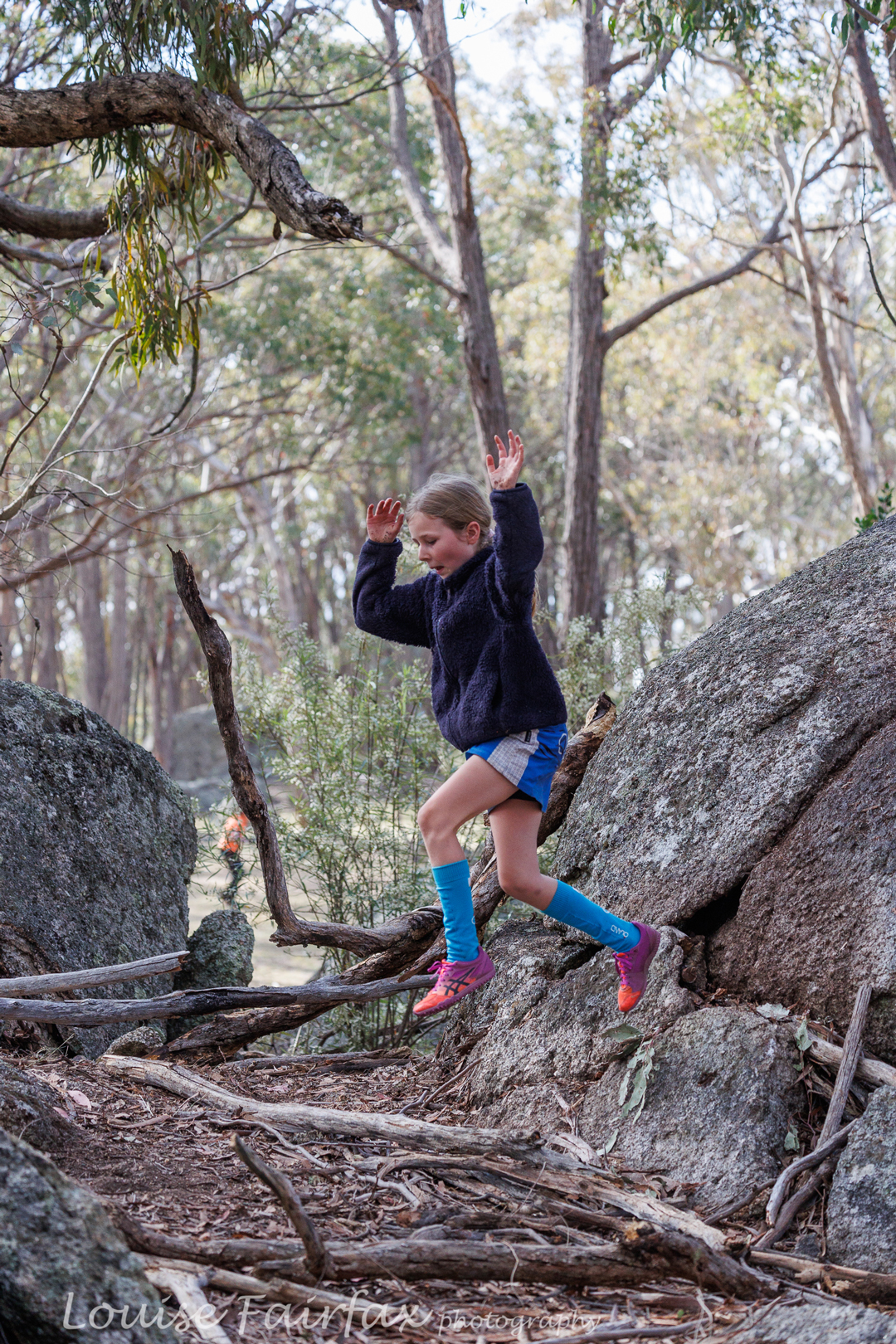
As with other big events in Orienteering, the purpose of doing races is only part of the story. Nonetheless, with the nationals, if you do all the events, you complete seven long-distance races, four of which you really care about, in nine days. Somehow, it gets done.
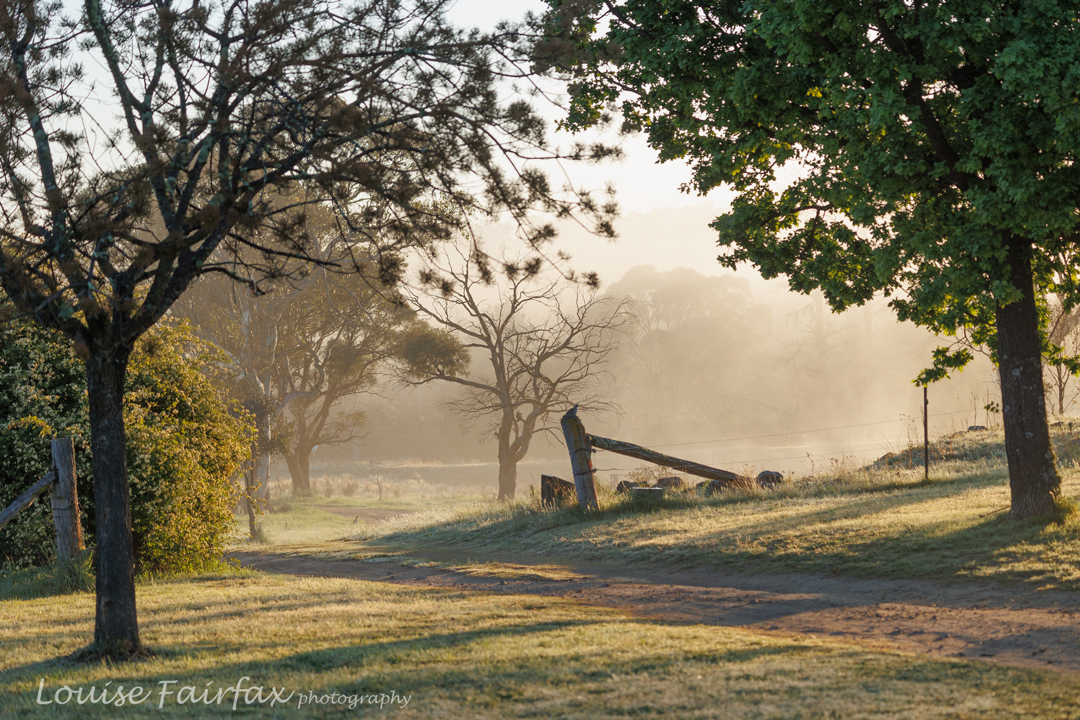

There were over 800 competitors, not all of whom did that many races, but most did, so that’s a mighty number of fit people in this sport. (Competitors’ ages range from those in W10, the youngest of which are usually 7 or 8, to the oldest, the cluster of people racing M or W85. They are aged between 85 and 90. Veritable gangs of M/W10N also go around courses, but with their parents to guide them; N stands for Novice. They still have their L-plates on, and some seem only recently to have left nappies behind. This category is not competitive, and everybody gets a prize [but not a prized medal].) The main races take part on the two bookend weekends. The three mid-week races comprise the ASOC (Australian Schools Orienteering Championships) and, for those of us not young enough to be on our state school team (or not old enough in other cases), there is a different event, this year called the Thunderbolt Classic. I always treat the mid-week races as training runs. The weekend races are what count. However, even so, all are distance races.
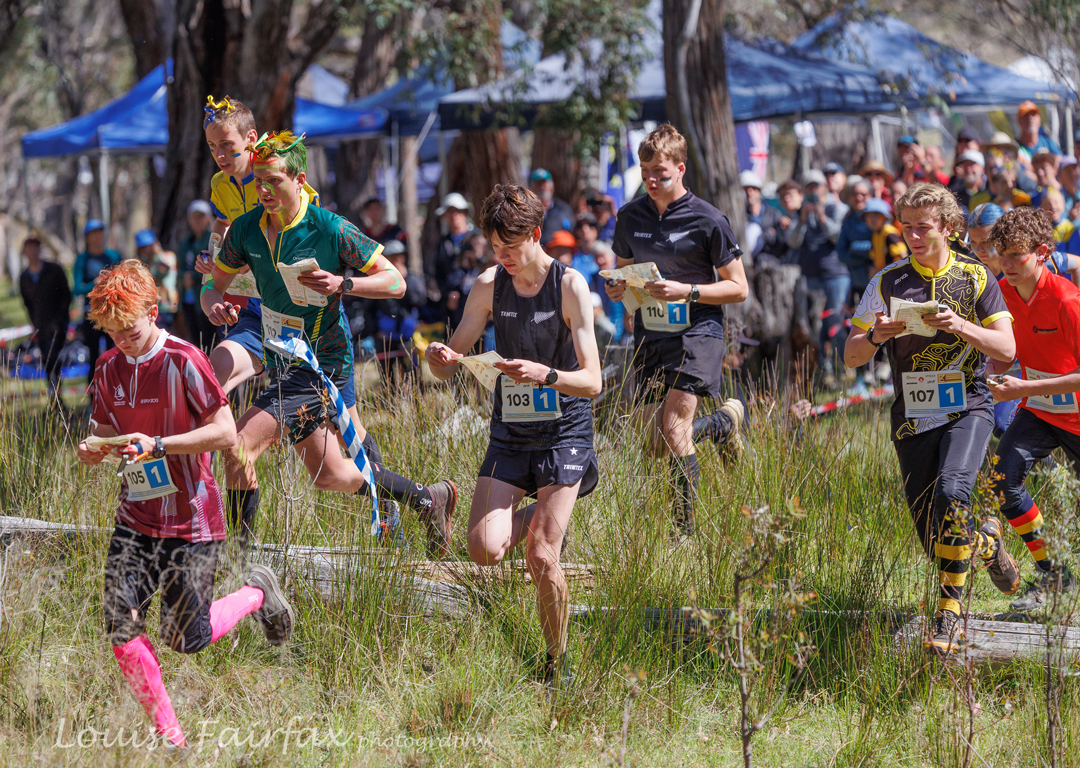
This year was little Abby’s first experience of the nationals, and it was Gus’s first year on the state team. How would eight-year-old Abby cope (a) without her mum, and (b) racing that often? She was perfect on both counts. All the kids were. The four in our group ( 3 x 8-year olds and 1 x 9) all raced each event and raced well. And for après-O they more than often ran up boulders or ran around paddocks. We visited a few watery places, but we also had times doing quieter craft work, playing cards or reading books.
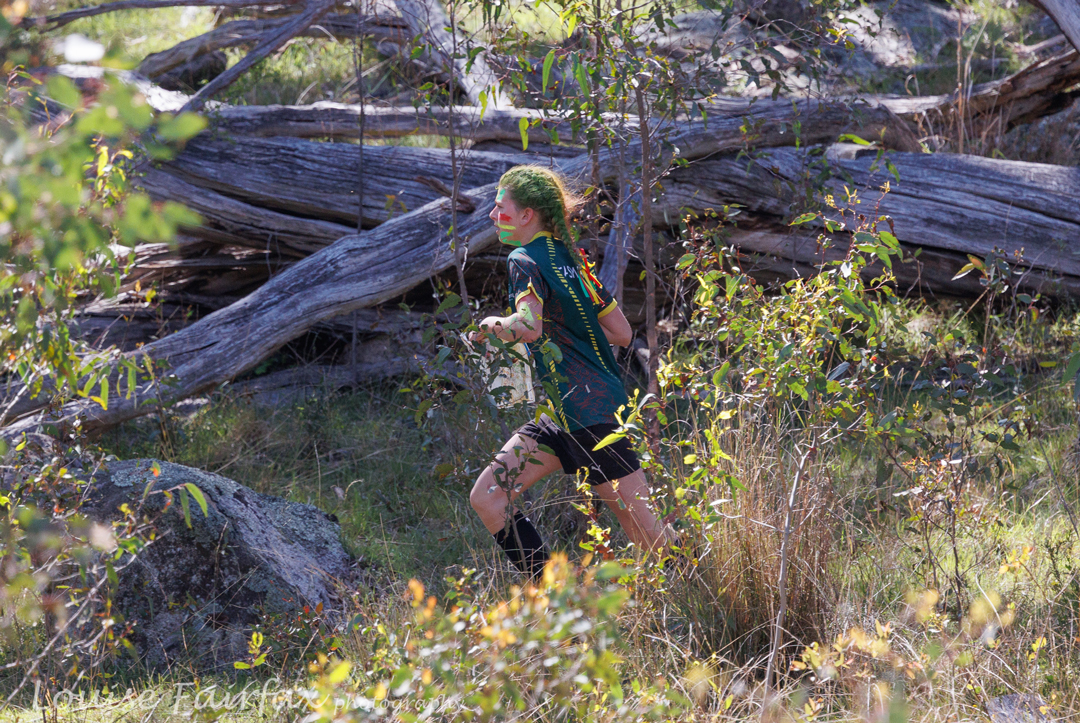
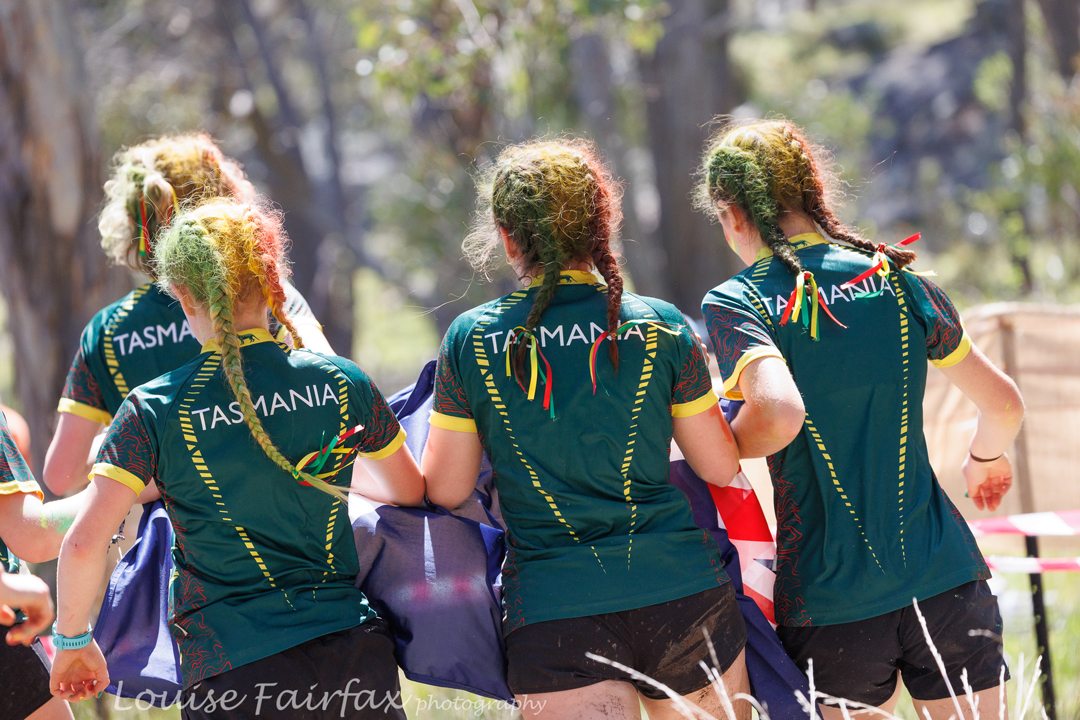
Gus was thrilled to make the team, and he told me he had a very happy time. The teams consist mostly of high-school students in two divisions: under 16, and over, and they do all the sorts of things that over-excited clusters of teenagers do (eg, seeing which state can fit the most team members into a telephone booth). A big highlight seems to be painting their faces with their state colours on the relay day – warriors preparing for war.

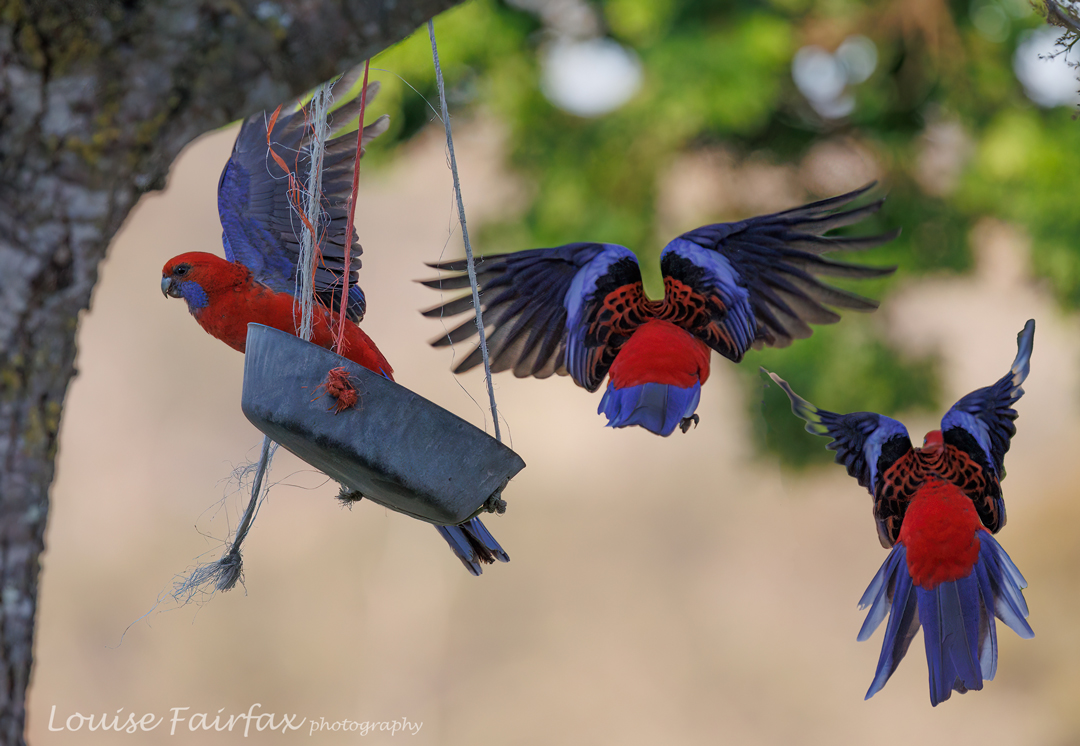
And now it is all over. I had 930 photos to process, and am relieved to have finished. I have almost an equal number of birdie shots as of orienteering. Many competitors report having post-O depression once the party is over. Little kids and big ones wave to their friends: “Bye; see you at Easter”, and they start preparing and training for the next important event. My legs are still pretty flat, but after two days’ rest, I am back, training for Easter, waiting for the next exciting battle with Jenny. Jenny, Sue and I will in all probability be the Aus team for our age group in the coming Oceania Championships. We are looking forward to that!
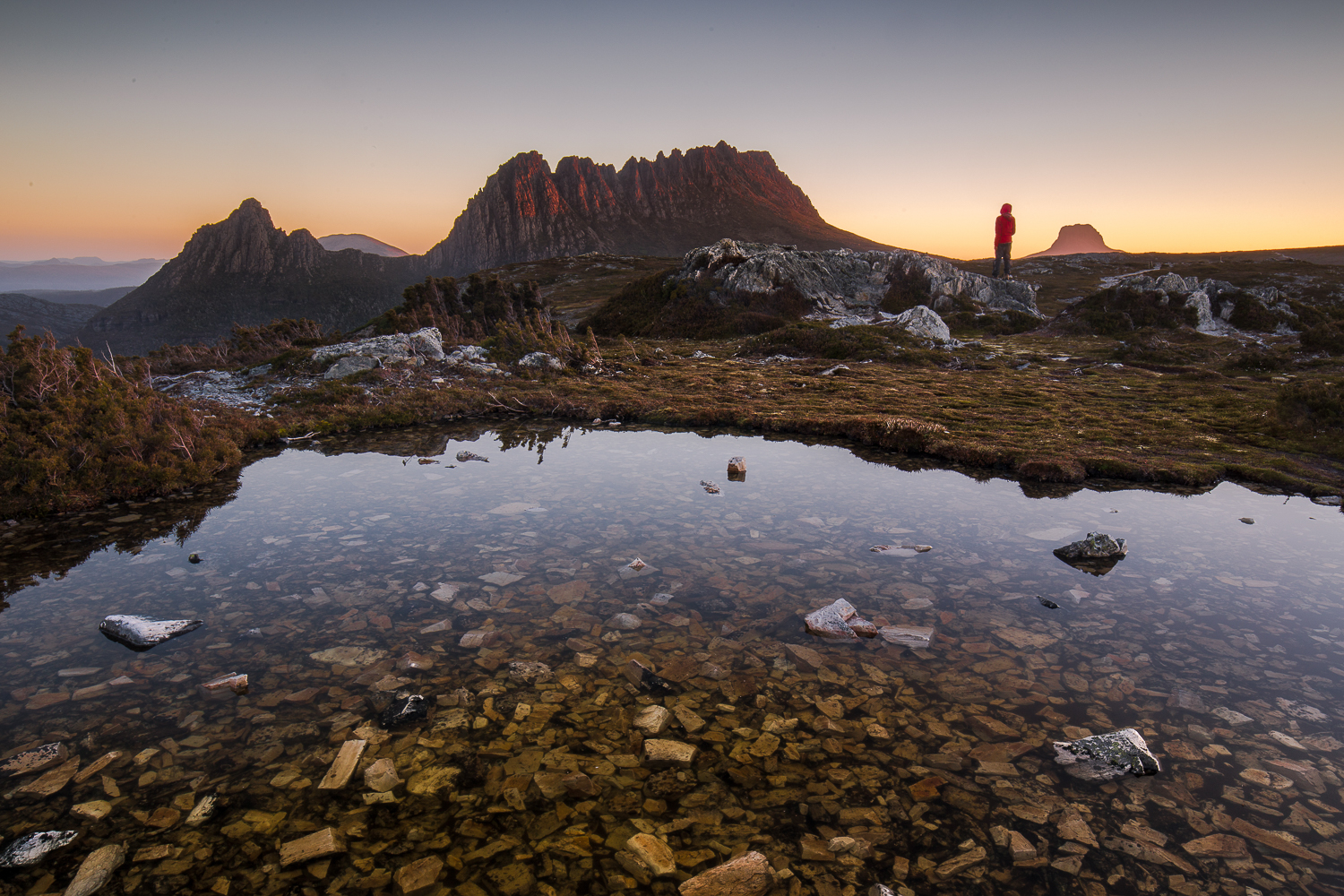
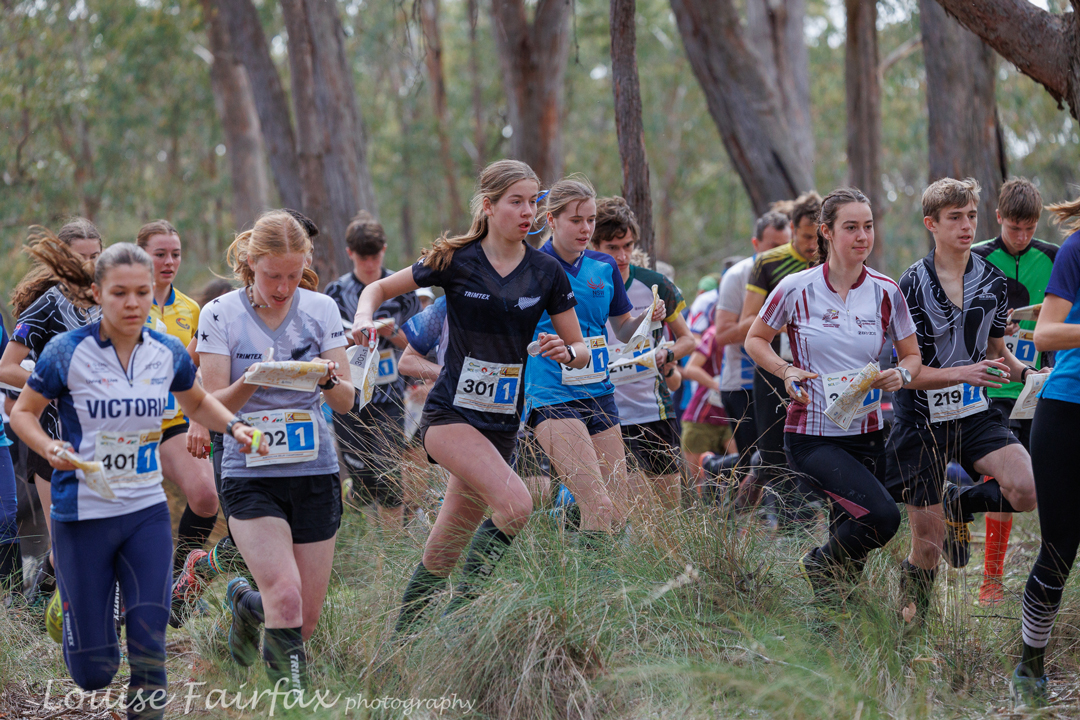
Love it! Good memories and such beautiful pictures